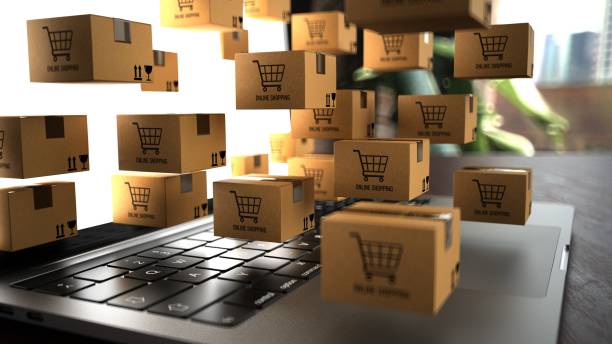E-commerce, as a field, consistently adjusts to technological progress, evolving consumer habits, and alterations in the market. It’s important to look at the latest trends in e-commerce and figure out how businesses can use these trends to stay competitive and elevate their digital prominence.
For those who are not familiar with this field, E-commerce (electronic commerce) is the buying and selling of goods and services, or the transmitting of funds or data, over an electronic network, primarily the Internet. These business transactions occur either as business-to-business(B2B) business-to-consumer(B2C) consumer-to-consumer or consumer-to-business.
 Social commerce spotlight:
Social commerce spotlight:
Social media platforms have evolved from mere networking sites to powerful shopping destinations. In 2023, social commerce, the fusion of social media and e-commerce, continues to rise. Businesses are using shoppable posts, live shopping events, and in-app checkout to turn social media engagement into sales. Social platforms integrated with e-commerce websites offer a personalized shopping experience and enable brands to connect directly with their audience.
Voice commerce transforms shopping:
The embrace of voice assistants and smart speakers has sparked the emergence of voice commerce. Presently, consumers employ voice instructions to seek products, place items in their baskets, and finalise purchases. E-commerce enterprises are refining their websites for voice search, guaranteeing that product details are readily attainable via voice-activated gadgets. Voice commerce doesn’t just heighten convenience; it also unveils fresh avenues for brands to creatively connect with customers.
Sustainability is a must:
E-commerce websites are using advanced data analysis and artificial intelligence to offer highly personalised shopping experiences. They provide individualized product suggestions and customised shopping journeys based on preferences, aiming to build stronger connections with customers beyond just transactions. This personalisation boosts customer satisfaction, as well as increases conversion rates and repeat business.
Customised shopping:
E-commerce websites are using smart data analysis and AI to offer super customised shopping. They suggest products just for you and create shopping trips based on what you like. Businesses want to connect with customers in more ways than just buying and selling. This personal touch makes customers happier and also helps businesses sell more.

Cryptocurrency’s impact on E-commerce:
More and more e-commerce businesses are embracing cryptocurrencies as a way to pay. They’re seeing the advantages, like lower fees for transactions and the chance to reach customers all around the world. As cryptocurrencies become more common, e-commerce sites are changing to let people use this type of money. They’re also looking into blockchain technology to make things more secure and clear.
Cutting-edge E-commerce delivery innovations:
The final stretch of the delivery journey remains a crucial part of e-commerce. This year, we’re seeing exciting progress in how orders are fulfilled, from using drones for deliveries to self-driving vehicles and even robots for those last steps. These new ideas are all about making deliveries faster and better, so customers are happier with their shopping experience.
The secret to success involves adopting these trends to craft smooth and captivating shopping journeys that cater to the constantly shifting consumer demands. By keeping a close watch on these trends, e-commerce enterprises have the opportunity to position themselves as leaders of innovation and gain a competitive advantage.
